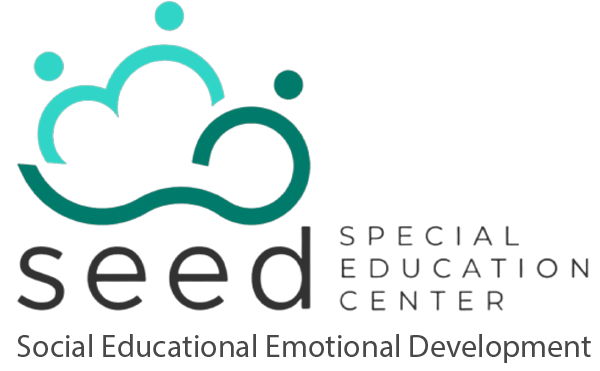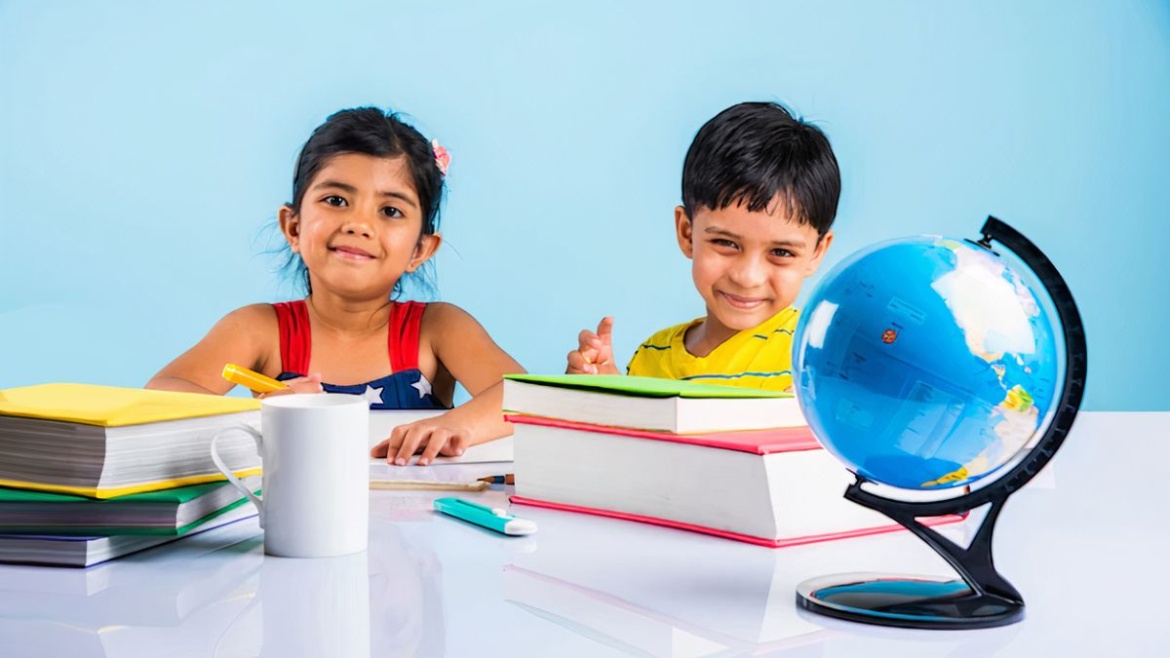Students with learning difficulties are frequently unaware of their condition. They are more than likely to believe that they are simply slow or unfit, and that writing and reading are not their cups of tea. Learning disabilities cover a wide range of learning patterns, social and psychological issues, as well as physical issues such as vision and hearing loss.
Reading, writing, and paying attention in class may be difficult for students with learning disabilities. These difficulties multiply problems across the children’s school life, causing them to fall behind their peers and potentially have bad long-term outcomes. There are numerous variables that contribute to learning difficulties; yet, no matter how severe the learning handicap, these kids can always overcome their obstacles to attain their objectives.
You will almost never know about the children’s learning problems because their work does not show the same evidence in reading and writing. Students with moderate to severe learning disabilities, on the other hand, are unlikely to be able to compensate, and their difficulties will show up in their reading and writing samples.
Every student is entitled to equal educational opportunities. Teachers face a number of problems while educating students who are having learning disabilities. You can, however, inspire children with the best learning strategies like love, compassion, and tenderness. As a teacher, you can use a variety of approaches to help children with learning impairments to learn more efficiently.
Impact of Learning Disabilities
Short-term memory problems and cognitive processing issues are widespread. This means that children may struggle to follow sequences or sophisticated directions, as well as to integrate information from many sources.
In test or performance circumstances, elevated anxiety is frequent. Participation may be hampered by anxiety while performing in front of others. Students will cope with anxiety in many ways, including medicine, meditation, or avoidance.
Many things in the learning environment will be hindered if the children have trouble, following or creating a sequence. They are perplexed by the structure of a lecture, recalling facts in chronological order, and getting confused with the main idea and subsidiary ideas in a book.
Teaching Strategies
There are some specific strategies that are useful in teaching students with learning disabilities. Repetition is an important factor for students with a learning disability. Make sure that crucial statements and instructions are repeated or highlighted in some way whenever possible.
Students with learning disabilities frequently prefer to learn through auditory means. So, it is better to use verbal descriptions rather than presenting them on blackboards. Moreover, students with handwriting or coordination issues, as well as those who write slowly or have a tendency to mishear or misquote, will benefit from recording lectures.
It is better to use a variety of instructional approaches so that students are not limited to acquiring information solely through reading. Use teaching tools like lists, flow charts, and concept maps to illustrate better teaching methods.
The Students’ Behaviour
Students with disability need to work more than students who study in traditional ways; they will need to be more organised, focused, self-motivated, ambitious, and consistent. If they succumb to the same temptations as the other students, they are considerably more likely to fall behind and eventually drop out of school. It will also take them longer to finish their assignments, so they will have to work on them more time. We know that these students often rely on the things they are good at and repel those activities they are not.
The Teachers’ Role
The majority of the issues students face are related to reading and writing. Much of what we teach revolves around these processes, and much of what you already do in class will benefit students with learning disabilities. You already stress the importance of drafting and revising, which are critical steps for students who can’t produce a final draft in one sitting. You may also consider assigning sufficient time to them and which will help the students to complete the assignments properly.
So, it is true that learning disabilities and the academic hurdles that come with it can lead to low self-esteem, loneliness, and behavioural issues, but we can overcome by creating a solid support structure for children with learning difficulties and assist them learn to express themselves, deal with frustration, and work through hurdles to combat these issues. You can assist your child to establish strong emotional habits that will set the scene for successful life.

